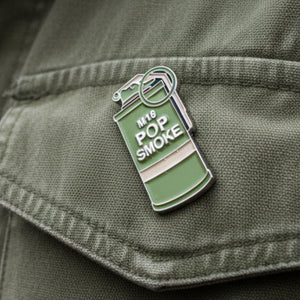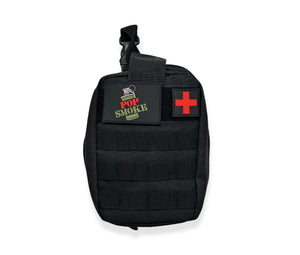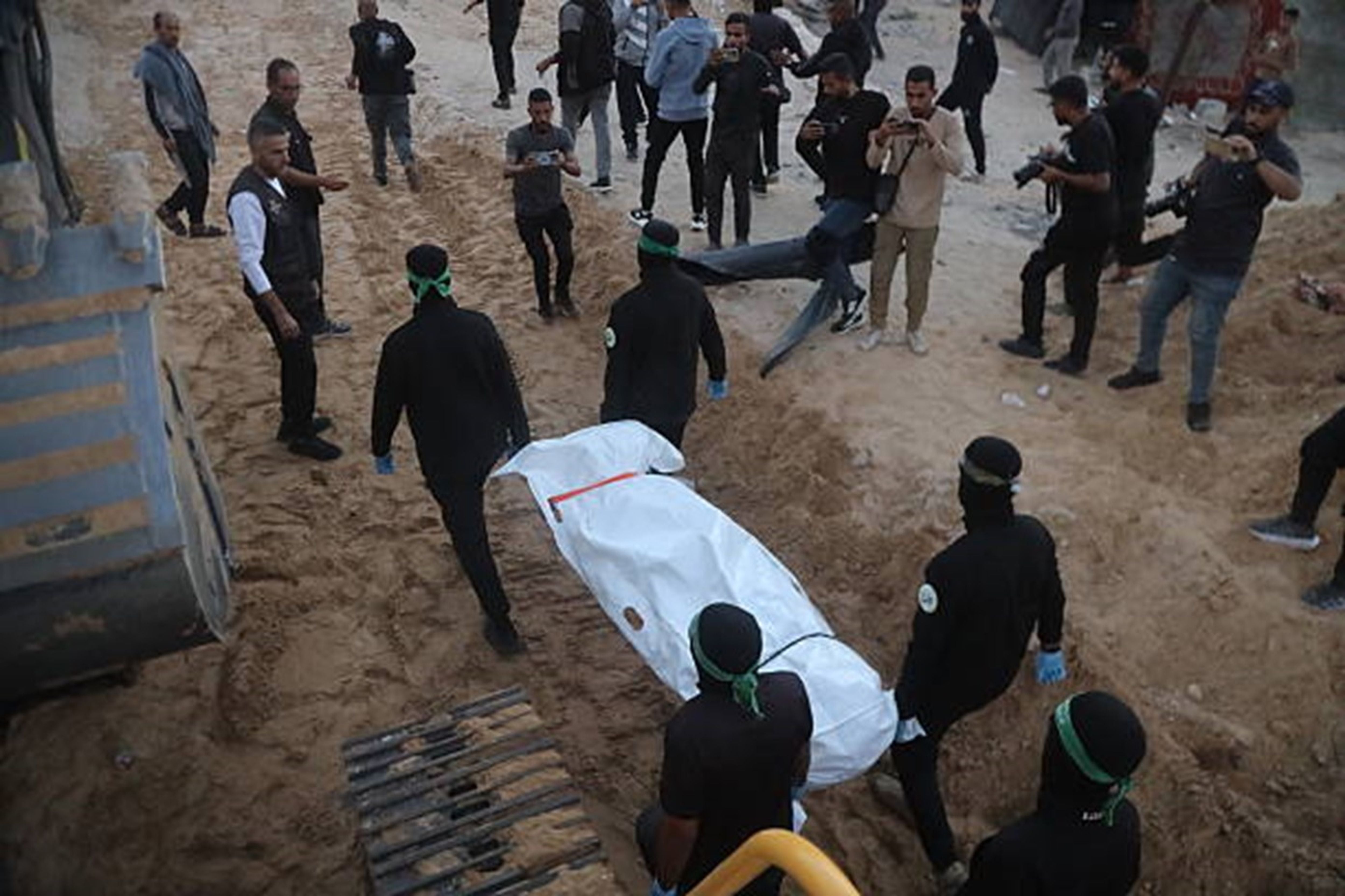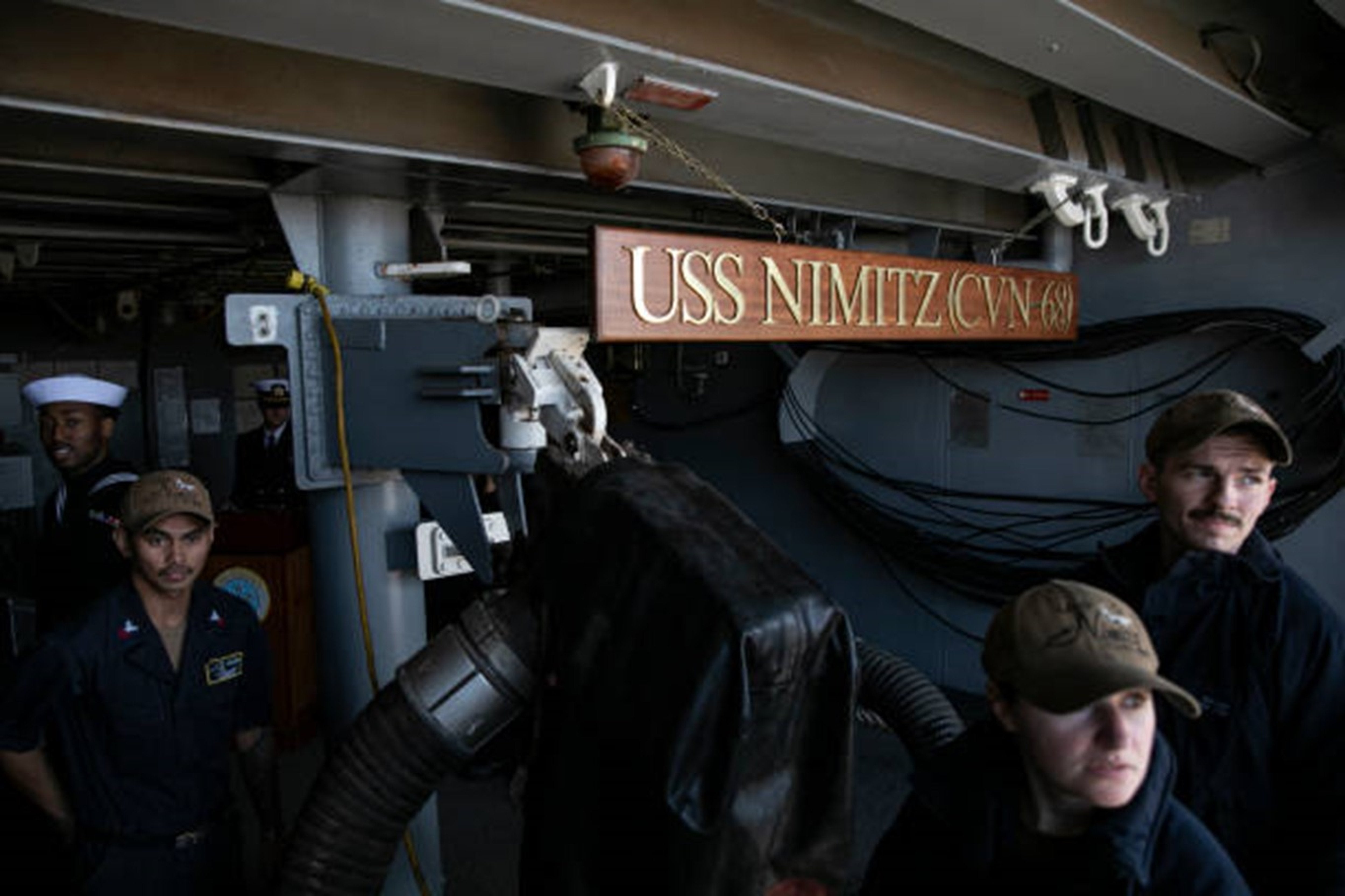US Special Operations Command Pauses MC-130J Amphibious Capability Program Due to Budget Constraints
If SOCOM says it is too expensive...

A Special Operations Squadron loadmaster, prepares to load a GMV 1.1 onto an MC-130J Commando II, March 4th, 2024. (U.S. Air Force photo by Staff Sgt. Aaron Irvin)
U.S. Special Operations Command (USSOCOM) has temporarily halted its initiative to equip the MC-130J transport plane with the capability for water landings and takeoffs, citing budgetary limitations. The Air Force Special Operations Command (AFSOC) initially unveiled the project in 2021, with intentions to demonstrate the capability in the subsequent year, as reported by Military Times.
During the Special Operations Forces Week conference in Tampa on Tuesday, Air Force Col. Justin Bronder, USSOCOM’s program executive officer for fixed wing programs, announced the suspension of the MC-130J Amphibious Capability project due to financial constraints. The Pentagon's budget request, disclosed in March, included a $11.5 million allocation for the project.
Bronder acknowledged the progress made on the project, highlighted by a comprehensive technical examination with industry partners, which generated valuable insights on the feasibility of operationalizing an amphibious version of the MC-130J. He emphasized that while the project is currently paused, the military has developed a robust data-driven model for implementing the capability if required.
5.11 Tactical Duffel Bag Backpack for Travel, Waterproof, Large Rush LBD Lima 56L, Black, Style 56294ABR
Previously outlined objectives of the program aimed to enhance the aircraft’s versatility by enabling it to conduct operations on bodies of water and runway-independent locations, thereby expanding operational options, particularly in the Pacific region. Then-Lt. Gen. Jim Slife, former AFSOC commander, underscored the significance of the capability in facilitating the insertion and extraction of special operations forces and equipment in diverse environments.
The development process involved meticulous digital designs and testing to determine the most suitable configuration, which culminated in the selection of a modular kit that could be swiftly deployed in the field as needed, rather than a permanent alteration to the aircraft's structure.
Originally introduced in the 1950s, the MC-130J has played a vital role in supporting military operations worldwide. However, amid evolving threats in contested airspace, the need for modernization and adaptation has become increasingly apparent. In 2022, officials announced a series of experiments involving the MC-130J and the KC-130J Super Hercules variants, exploring capabilities such as high-energy lasers, crewless operations, and fully automated cockpits.
















